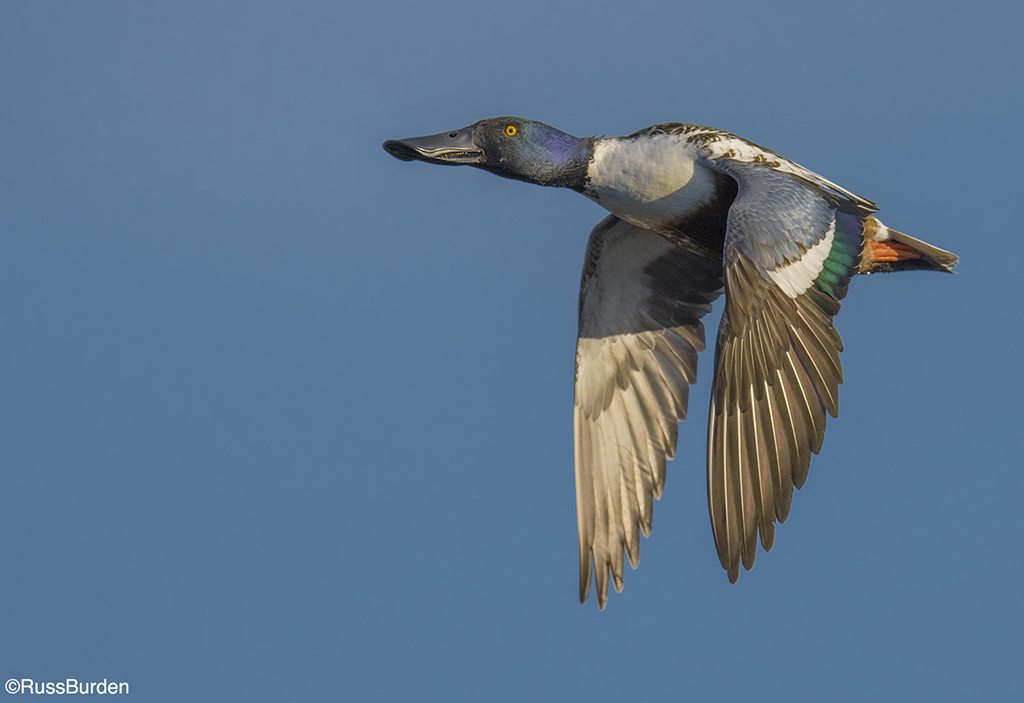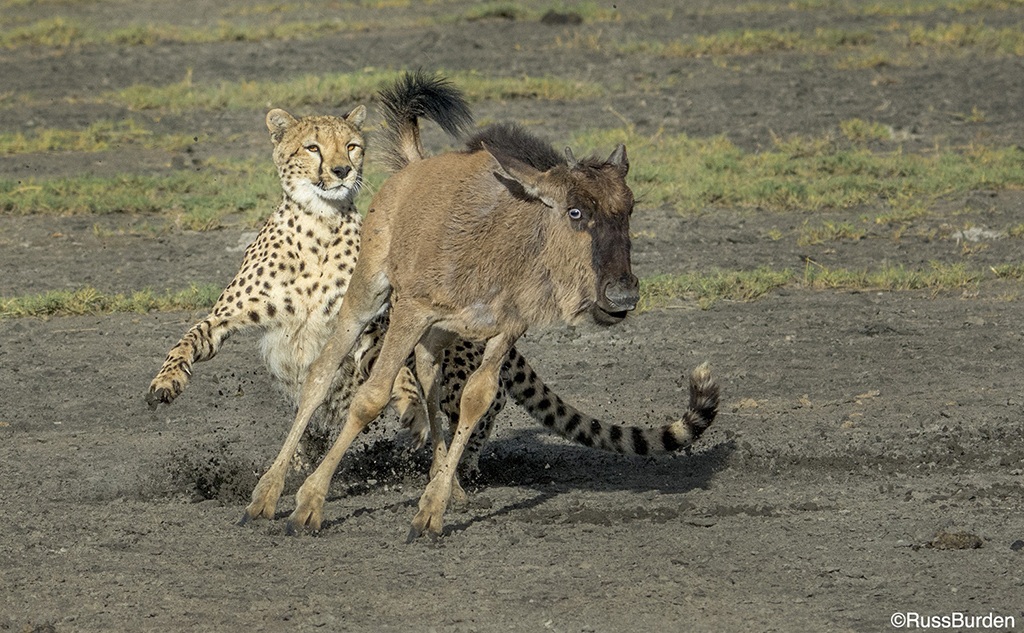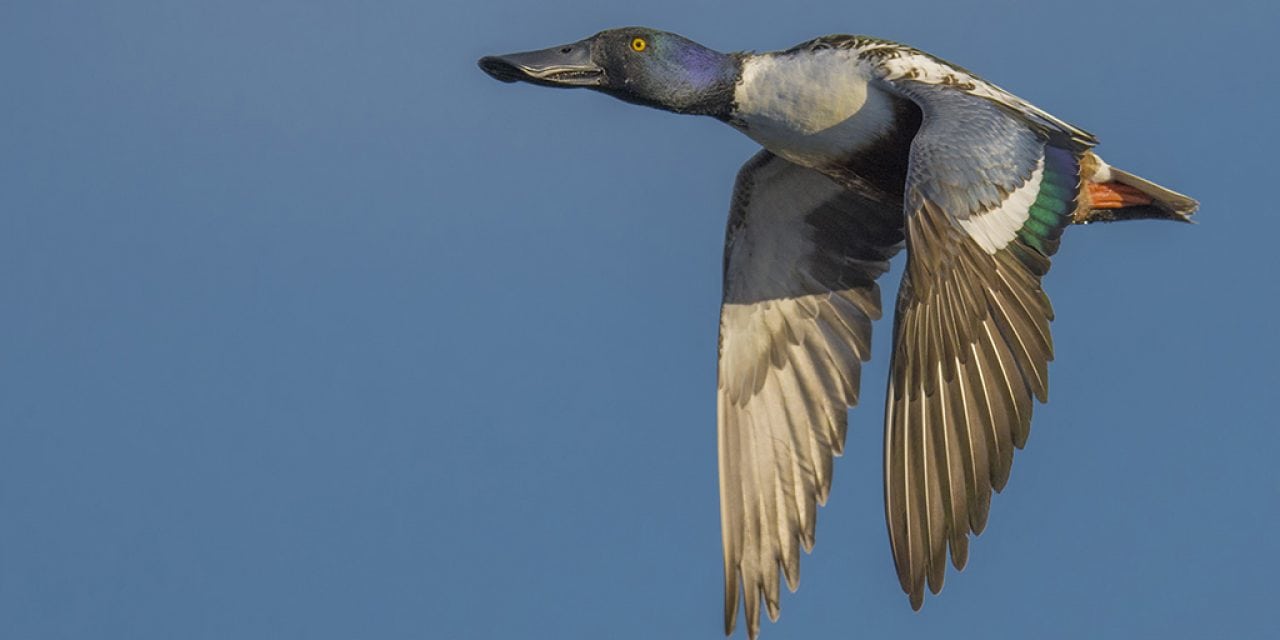
With tips such as checking your settings, simplifying your composition and modifying the light from part one, and choosing filters, using a tripod and changing your perspective from part two, you should be well on your way to shooting like a pro. The following is the final installment in the series where you’ll learn four more bits of advice that can be applied to any subject you wish to photograph.
Autofocus Settings for Action: First and foremost, set your camera to predictive autofocus mode. For instance, Nikon uses “Continuous AF,” while Canon uses “AI Servo.” Other camera manufacturers call it different names. Regardless of what it’s called, use this setting as the AF tracks movement of the subject and “predicts” where it will be when the shutter is pressed. Whether you photograph sports, birds in flight, kids playing in the backyard or other moving subjects, you want the camera and lens to track their motion. If you keep the camera set to single shot mode, you’ll miss many shots. Once predictive AF is enabled, keep your finger pressed halfway on the shutter so the camera continuously tracks where the subject goes. The more erratic the movement, the tougher it is for the camera to accurately focus. In addition to predictive autofocus, set your motor drive to high and keep firing. The more shots you make with the active focus point over the subject, the more of a chance you’ll have to get sharp photos. Be sure the active focus point is placed over the subject and you track your subject with that point. The camera doesn’t know the plane on which your subject resides, so it’s essential you place the focus point over it. Raise your ISO so you have a faster shutter speed to freeze wing tips, arrest leg motion, etc. Open the aperture as this, too, allows you to attain as fast a shutter speed as possible.

Shoot, Shoot and then Go Shoot Some More: There is a definite guarantee in photography—if you’re not there when something good happens, you won’t get the shot! The more often you go out with your camera, the more likely you’ll capture unique light, a great moment, a special instant or any other noteworthy reason to press the shutter. Not only will your chance of getting a great shot escalate, you’ll also stay tuned up using your camera. Too often, an amazing photograph is missed due to the photographer fumbling with controls. The more often you use your camera, the more natural it feels in your hands. This translates to being able to roll out of bed and set the camera to the proper settings regardless of the conditions.
Exhaust All Possibilities: Don’t leave your subject without making verticals, horizontals, wide angle and telephoto images. Once you’ve covered these bases, move to your left and repeat the vertical, horizontal wide and tele shots. Then move to your right and repeat again. Then go behind your subject and repeat again. Too often, photographers get concrete feet and never move around. They get comfortable in their staked-out area and neglect what may be to their side. They also fail to look up or down. So while you’re at it, don’t neglect to photograph what may be at your feet or higher above.

Patience: Patience and persistence reward those who persevere. This comes in the form of waiting for the perfect light, passing the time when an animal decides to bed down, going back to your 40th soccer game, spending hours watching a Photoshop DVD or waiting for the 2 year old to finally settle down and smile. All require an investment of time. Great rewards are bestowed upon those who dedicate long hours.
Visit www.russburdenphotography.com for information about his nature photography tours and safari to Tanzania.
The post Pro Results Anytime, Anywhere—Part 3 appeared first on Outdoor Photographer.
















